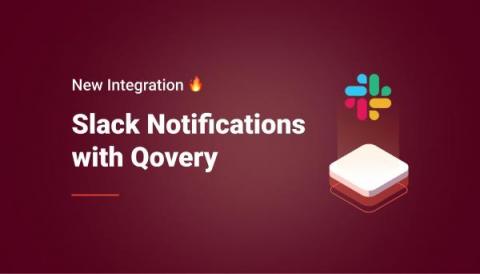Operations | Monitoring | ITSM | DevOps | Cloud
Messaging
The CEO Rebooting AI
Few people can claim the moniker of “pioneer” in building the internet as we know it. Rami Rahim, CEO of Juniper Networks, is one of them who had a front-row seat in the late 90s to the infant days of building the internet. At the time, I along with other Silicon Valley CEOs, was frantically building out web 1.0 companies, which required a grueling DIY business creation approach.
Setup RabbitMQ in HA Mode using Kubernetes Operator
Organizations are moving from monolithic architecture (where all the code building the application exists as a single, monolithic entity) to microservices architecture as it simplifies app management, making it easier to build, deploy, update, test and scale each service independently without affecting other parts of the architecture.
What's New In IBM MQ 9.3
The latest long-term support (LTS) and continuous delivery (CD) release of IBM MQ will be released for the distributed platforms on June 23, 2022. MQ 9.3, again, has a focus on securely powering cloud-native applications across hybrid-multicloud as well as making it easier to get started. MQ 9.3 includes: Nastel has been participating with the development team on this technology and analyzing the impact and benefits to our customers as part of our own cloud and container initiatives.
Beware the 'Secret Agent' Cloud Middleware
New open source database details the software that cloud service providers typically silently install on enterprises’ virtual machines — often unbeknownst to customers. If cloud services weren’t complicated enough for the typical business today to properly configure and secure, there’s also a lesser-known layer of middleware that cloud providers run that can harbor hidden security flaws.
Mattermost v7.0 is now available
Mattermost v7.0 is generally available today and includes three of our top five most requested features, based directly on your input in our feature idea forum. The following new features are all included (see changelog for more details).
Tech Ops is a mess. Here's why we're committed to fixing it.
Building software is hard. Building cloud software is even harder because things move much faster — and require mission-critical reliability and availability. To effectively build software in the cloud, engineering teams need observability, CI/CD, reporting, and lots of tooling. At every organization I’ve worked at, we’ve needed a system of tools that lets us: But all the tools available to engineering teams never quite fit together with our specific processes.
Mattermost Playbooks How-to: Software Feature Development
For teams that follow a structured build and release cycle, having a reliable, shared workflow makes the difference between chaos and consistency. With every new feature in development the team needs to know what the specs are, how it fits in the roadmap, what the customer feedback was, where to find the repository, who is responsible for each step, and so much more.
New integration: Receive deployment notifications into Slack
Mattermost Playbooks How-to: Release Management
Releasing software to users has become a sophisticated and intricate process that requires high levels of consistency and coordination. A release has to be built, brought together, documented, tested and deployed, which requires coordination of at least four separate teams and a generous handful of pipelines and other tools. Without a well-documented process things can get messy very quickly, causing stress for everyone involved.








